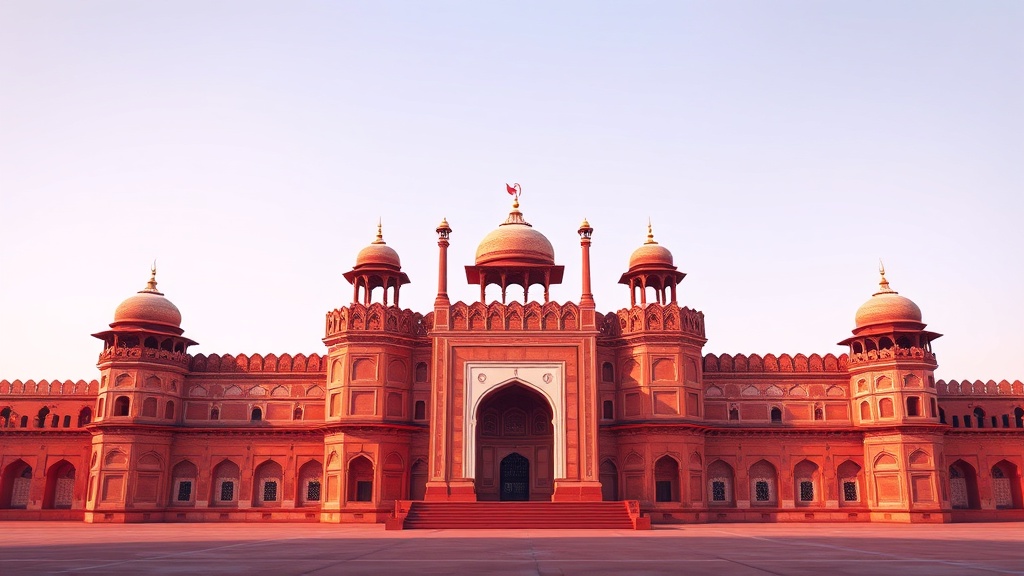Home / Lifestyle / Unraveling the Secrets of Delhi's Iconic Red Fort: A Treasure Trove of Architectural Marvels
Unraveling the Secrets of Delhi's Iconic Red Fort: A Treasure Trove of Architectural Marvels
10 Nov
Summary
- The Red Fort was built by Mughal emperor Shah Jahan in the 17th century
- It featured an ingenious cooling water channel and was once adorned with gold and jewels
- The fort became a UNESCO World Heritage Site in 2007

The Red Fort, or Lal Qila, is one of Delhi's most iconic landmarks and a testament to India's rich cultural heritage. Constructed in the 17th century by Mughal emperor Shah Jahan, the fort was once a symbol of imperial power and grandeur.
Behind its towering red sandstone walls, the Red Fort hides a remarkable engineering marvel. According to UNESCO, the fort was home to an intricate water channel known as Nahr-i-Bihisht, or "Stream of Paradise." Inspired by Persian gardens, this artificial waterway flowed through the private palaces and residential areas, creating a naturally cool and comfortable environment for the emperor and his court. The gentle hum of flowing water, combined with fragrant gardens and ornate architectural features, gave the palace a serene ambiance.
While the fort's exterior may appear bare today, it was once considered one of the most luxurious palaces in the world. The Diwan-i-Khas, or Hall of Private Audience, was adorned with silver ceilings, walls studded with rubies, and intricate gold floral motifs. However, many of these opulent decorations were removed or destroyed during the decline of the Mughal Empire.
Despite the changes it has undergone, the Red Fort remains a symbol of India's political and cultural evolution. Recognized as a UNESCO World Heritage Site in 2007, the fort has witnessed the rise and fall of empires, from the Mughals to the British. Today, it continues to captivate visitors with its hidden details and enduring significance, serving as a living testament to India's rich history.



